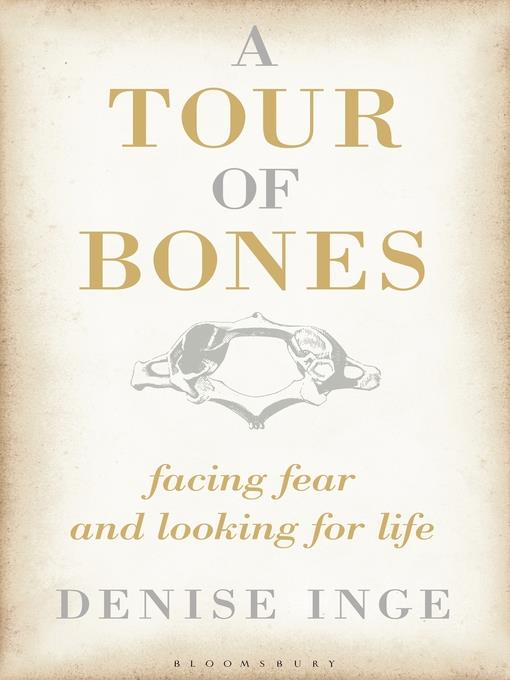
A Tour of Bones
Facing Fear and Looking for Life
کتاب های مرتبط
- اطلاعات
- نقد و بررسی
- دیدگاه کاربران
نقد و بررسی

Starred review from June 29, 2015
This posthumously published travelogue-cum-memoir from theology scholar Inge (editor of Happiness and Holiness), who died in 2014, is a witty and poignant meditation on mortality. When Inge’s husband was appointed Bishop of Worcester Cathedral, the couple moved into the adjacent official residence, built atop a medieval Benedictine abbey’s charnel house. Intrigued, not disturbed, Inge undertook an investigation into the ancient practice of the “keeping of bones.” Her tour included four noted crypts: in Czermna, Poland, a mass grave from
the Thirty Years’ War; in Kutna Hora, Czech Republic, skull pyramids and an infamous bone chandelier; hand-painted skulls amid the glaciers in a cave in Hallstatt, Austria; and in Naters, Switzerland, a chapel featuring a beinhaus (bone house). This skillfully composed book deftly draws on archaeology, physiology, theology, folklore, and literary antecedents from Thomas Gray’s “Elegy in a County Courtyard” to Jessica Mitford’s The American Way of Death. Inge had nearly finished the book when she was diagnosed with cancer, and for the final chapter she delved deeply into beliefs about life and death. “No one likes to talk about death, almost no one knows how to,” she notes. The crypts and ossuaries that Inge visited, and the book she wrote about them, are intended as memento mori—reminders of mortality. (Aug.)
, This review has been corrected. A previous version incorrectly listed the book's subtitle.

May 15, 2015
A chronicle of the author's visits to a selection of Europe's bone chapels and her reflections on fear and mortality. "The deposition of human remains always makes a statement," writes academic Inge (Wanting Like a God: Desire and Freedom in the Works of Thomas Traherne, 2009, etc.), who completed this meditative amalgam of memoir and travelogue shortly before her death in 2014. Compelled by a nagging desire to brave life "unfrightened," the author initiated an eccentric grand tour of four obscure Eastern and Central European ossuaries (where disarticulated bones of the dead are collected), beginning in a small Polish town and concluding in the Swiss Alps. Inge's four-city pilgrimage was precipitated by the discovery that the town house she shared with her husband, an Anglican clergyman in Worcester, England, was built over a medieval charnel house complete with "sloping piles" of bones witnessed by candlelight through a cellar trapdoor. A reliably immersive guide whose prose only occasionally dips into indulgent stream-of-consciousness sections, Inge marvels over the stacked "walls of the dead" at an 18th-century chapel in Czermna; skulls roped together into "festive garlands" or hand-painted with names in the Czech Republic and Austria; and the 12-foot-high (and twice as wide) towers of crania in a Switzerland ossuary. Decorating this journey are ruminative musings on the nature of "death denial," resurrection, and the author's father's passing, yet the bookending sections are perhaps the most effective at conveying Inge's affinity for the nuances of death-though she only fleetingly mentions the inoperable cancer that would claim her own life. A thoughtful writer who believed her terminal diagnosis made life more "delicious," Inge's bone tour illuminates the expansive difference "between the humdrum everyday and heaped mortality." An adventurous and macabre tribute to the eternal longevity of human bones.
COPYRIGHT(2015) Kirkus Reviews, ALL RIGHTS RESERVED.

























دیدگاه کاربران